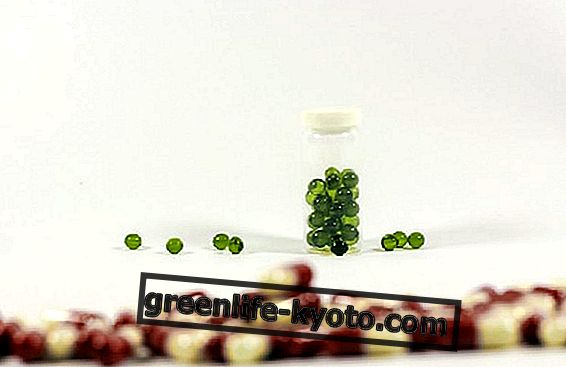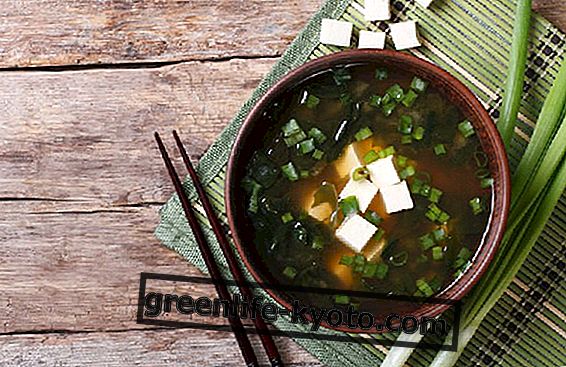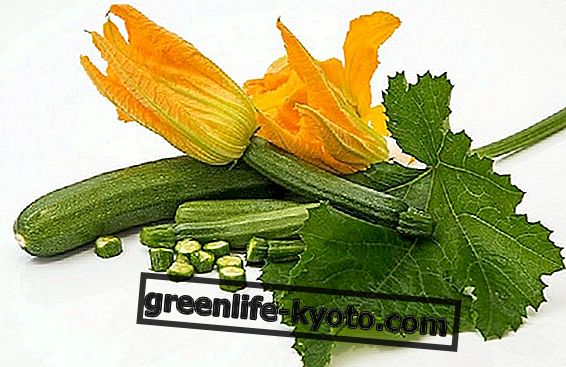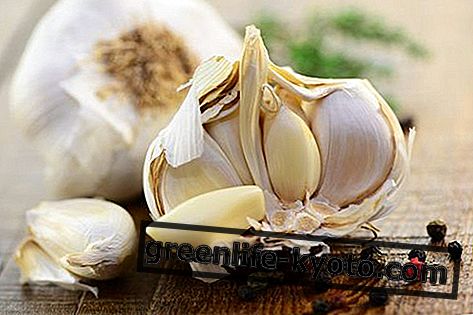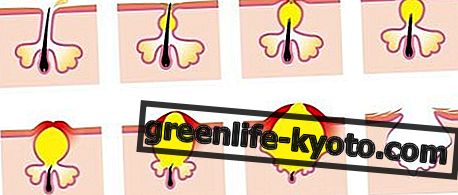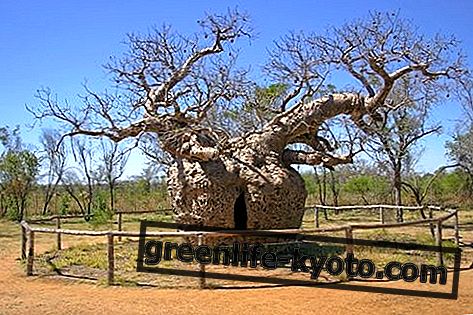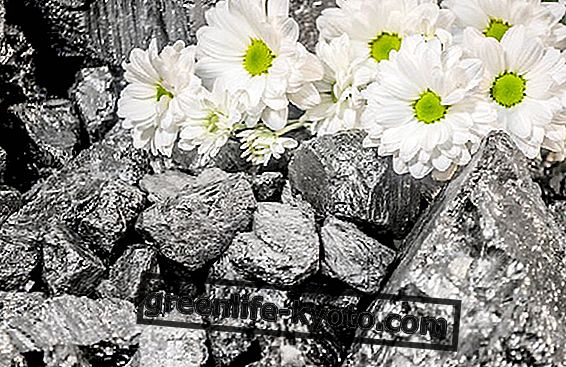Arnica montana is a very useful homeopathic remedy for athletes . Thanks to its properties it is indicated for the treatment of physical and psychological trauma, inflammation and injury. Let's find out better.

Description of the plant
Arnica montana is a perennial herb belonging to the Asteraceae family . The flowers are of a beautiful yellow-orange color, while the fruits are brown and hirsute. It flowers in summer, around June, July. In Italy it is found in the high meadows of the Alps and the Apennines where it is becoming increasingly rare, for this reason it belongs to the protected flora.
Arnica was first described in the 16th century by the German physician and naturalist Theodorus Jacobus Von Bergzabern (1520–1590), who gave it its name. It is commonly called "sneeze" because of its ability to smell sneezing.
From its leaves we get the so-called "mountain tobacco", used by the mountain populations for pipe and as snuff. It is poisonous if ingested; The principle it contains, arnicin, is bitter and has an action similar to camphor. The dried flowers and rhizomes contain two respective essential oils.
The plant has medicinal properties and is used as a remedy in herbal medicine and in homeopathy. We use the flowers that are collected during the flowering period, choosing the ones just opened. The homeopathic remedy Arnica montana is obtained from the mother tincture of its flowers .
When using Arnica montana
Arnica montana is the traumatic homeopathic remedy par excellence and corresponds to the effects due to recent and past traumas, both physical and psychological .
The remedy improves blood circulation, breathing, has pain-relieving and anti-inflammatory properties. Any remedy for external use based on Arnica Montana should not be used on skin lesions or wounds. The action on the digestive system is secondary.
It is generally used for:
- trauma both physical and mental, both recent and past. Echymoses, fractures, bruises and sprains, inflammations, can also cure muscle sprains and dislocations. It is also used for the effects of sudden fears, anger, shock, and fear
- cardiovascular system, cardiac disorders, hypertension, vertigo, headaches; circulatory difficulties, heavy legs, venous stasis, capillary fragility, epistaxis and hemorrhoids
- skin problems, ecchymoses, boils, acne
- rheumatism
- inflammation of the pelvic and uro-genital region, blood urine, hypermenorrhea, postpartum hemorrhages
- eye problems, ecchymosis of the conjunctiva and eyelids
- infectious diseases and fever, scarlet fever, pneumonia, malarial fever, typhoid fever, flu
- digestive tract problems, nausea and vomiting, foul-smelling flatulence of sulphurous odor, halitosis, motion sickness and sea sickness
- problems with the respiratory system, aphonia, cough
Arnica montana among natural remedies against hematomas: discover the others!

Doses and administration
In cases of trauma, if the disorders are due to a recent trauma, low dilutions are used such as e.g. the 4CH dilution at a dose of 4 granules 3 times a day. Care is completed with the use of ointment for local applications.
If the disturbances are due to a remote trauma, a higher dilution such as e.g. 15CH or 30CH at a dose of 15 drops per day. If it is a psychological trauma, the 15CH dilution is used in a single dose of 5 granules, which is repeated after 10 - 15 days.
In cases of disorders of the cardio vascular system, skin and subcutaneous tissue and in cases of rheumatism, dilution 4CH, 3 - 4 granules or 10 - 15 drops, 3 - 4 times a day. It is completed with ointment for external use.
For genital uro dysfunctions, eye disorders, infectious and febrile states, 3CH dilution, 2 - 3 granules or 5 - 10 drops, 3 - 6 times a day. In the case of disorders of the digestive tract, if it is about car sickness or adult seasickness, 3CH dilution, 10 drops every hour; in other situations, dilution 4CH, 3 - 4 granules or 10 drops, 3 times a day.
In cases of dysfunction of the respiratory system, dilution 4CH, 2 - 3 granules or 5 drops every 2 - 3 hours.
Find out also what are the side effects of arnica
Who is Arnica montana recommended for?
The typical Arnica montana subject is the sportsman, with all the problems that a sportsman may encounter: muscular disorders, traumas, bruises, hematomas, heart problems and also fever and skin rashes.
The sensations perceived are bruise, soreness, extreme tiredness; the whole body seems broken, in pieces; he is depressed and misanthropic, he wants to be left alone. During the night he has insomnia and agitation, especially after an intense effort. The capillaries tend to break easily and bleed in inflamed areas.
All the symptoms get worse with the contact, with the bumps, with the shocks, with the movement, with the damp cold; they improve in the supine position with the head down, with rest, with warm applications.
The oleolite of arnica is also extracted from the flowers by maceration , useful in cosmetics to combat heavy legs and varicose veins.
